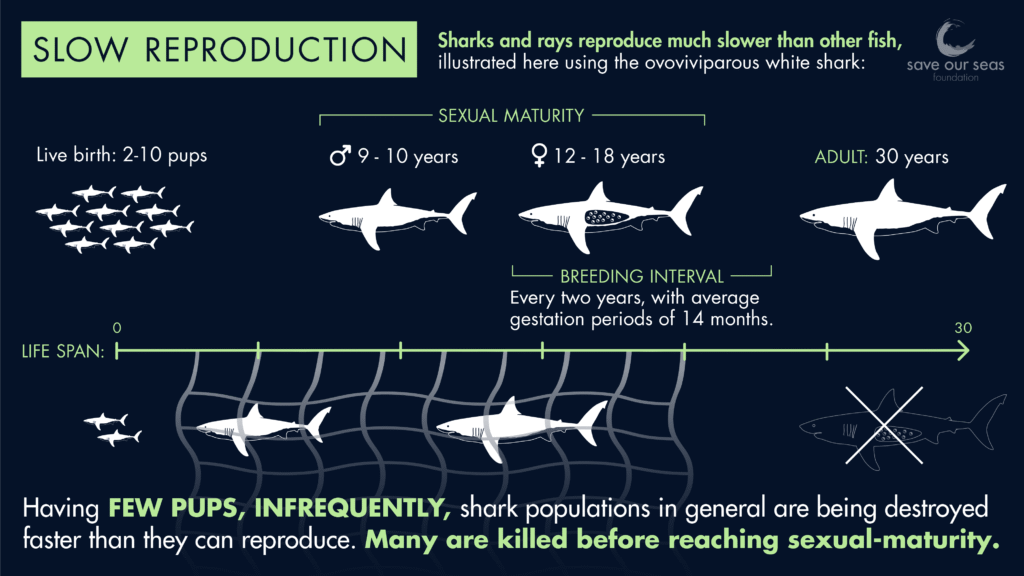
Sharks, the apex predators of the ocean, are often shrouded in mystery. While their hunting prowess and powerful jaws are well-known, many aspects of their biology remain fascinatingly obscure. One such aspect is the reproductive cycle of female sharks, which involves a process known as estrus, often referred to as “shark periods.” This cyclical process, driven by hormonal fluctuations, plays a crucial role in shark reproduction and overall survival.
This article delves into the intricacies of the shark periods, exploring the estrous cycle, hormonal changes, and unique biological processes involved. We’ll also examine how understanding these reproductive mechanisms is vital for conservation efforts aimed at protecting these magnificent creatures.
Shark Estrous Cycle
The estrous cycle in sharks, like that in many other female vertebrates, is a recurring series of physiological changes that prepare the body for reproduction. This cycle typically lasts several months and involves a complex interplay of hormones, leading to ovulation and potential mating.
Unlike mammals who exhibit a regular menstrual cycle with predictable shedding of the uterine lining, sharks experience an estrous cycle characterized by internal fertilization and egg development within the mother’s body. During this cycle, female sharks undergo various physical changes, including increased appetite, behavioral shifts, and heightened sensitivity to male pheromones.
The duration of the estrous cycle varies significantly among different shark species, influenced by factors such as water temperature, prey availability, and individual physiology. Some species may have a relatively short cycle lasting a few months, while others can experience cycles spanning several years.
Hormonal Changes in Sharks
Hormonal fluctuations play a pivotal role in regulating the estrous cycle in sharks. The primary hormones involved include estrogen, progesterone, and testosterone. Estrogen levels rise during the early stages of the cycle, stimulating the development of eggs within the ovaries. Progesterone then takes over, supporting the growth and maturation of the eggs and preparing the uterus for potential implantation.
Testosterone, primarily produced by males, plays a crucial role in attracting females during mating season. The complex interplay of these hormones orchestrates the intricate physiological changes that occur throughout the estrous cycle, ensuring successful reproduction.
Differences from Human Menstruation
While both sharks and humans experience cyclical hormonal changes related to reproduction, there are significant differences between shark periods and human menstruation. The most notable distinction lies in the absence of external bleeding in sharks. Unlike humans who shed the uterine lining through menstrual flow, sharks do not have a similar process.
Instead, during ovulation, the eggs are released internally and fertilized within the mother’s body. The development of embryos occurs within the uterus or specialized egg cases depending on the species. This internal fertilization and gestation process distinguishes shark reproduction from human menstruation.
Shark Reproduction and Conservation
Understanding the reproductive biology of sharks is crucial for their conservation. Many shark populations face threats due to overfishing, habitat loss, and climate change. By comprehending their estrous cycles, mating behaviors, and reproductive strategies, scientists can develop effective conservation measures tailored to specific species needs.
For example, knowledge about gestation periods and pup survival rates can inform regulations on fishing quotas and protected areas. Furthermore, understanding the impact of environmental factors on shark reproduction can help mitigate the effects of climate change and habitat degradation.
Unique Biological Processes
Sharks exhibit a range of unique biological processes that contribute to their reproductive success. Some species, like hammerheads, possess specialized egg cases with intricate designs that protect developing embryos from predators. Others, such as nurse sharks, give birth to live young after an extended gestation period.
These diverse reproductive strategies highlight the adaptability and resilience of sharks in different marine environments. Further research into these unique biological processes can provide valuable insights into shark evolution and their role within the marine ecosystem.
Conclusion
The estrous cycle, often referred to as “shark periods,” is a fascinating aspect of shark biology that plays a vital role in their survival. While it shares similarities with human menstruation, there are significant differences in the process and its implications for reproduction. Understanding these unique reproductive mechanisms is crucial for effective conservation efforts aimed at protecting these magnificent creatures. By continuing to explore the intricacies of shark reproduction, we can gain a deeper appreciation for their complexity and contribute to their long-term survival in our oceans.
